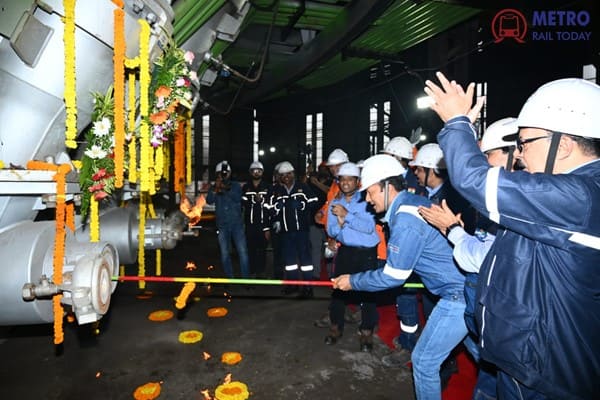 Jindal Steel Commissions One of India’s Largest Blast Furnaces in Odisha
Jindal Steel Commissions One of India’s Largest Blast Furnaces in Odisha RDSO successfully conducts Brake and Speed trial tests on Mumbai Metro Line 9
RDSO successfully conducts Brake and Speed trial tests on Mumbai Metro Line 9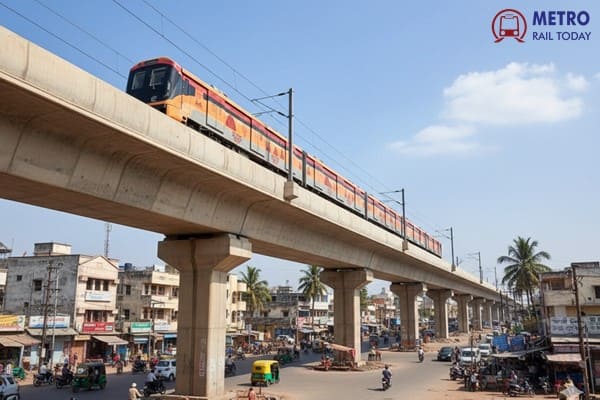 Patna Metro gears up for public launch, Final Trial Run scheduled for September 29
Patna Metro gears up for public launch, Final Trial Run scheduled for September 29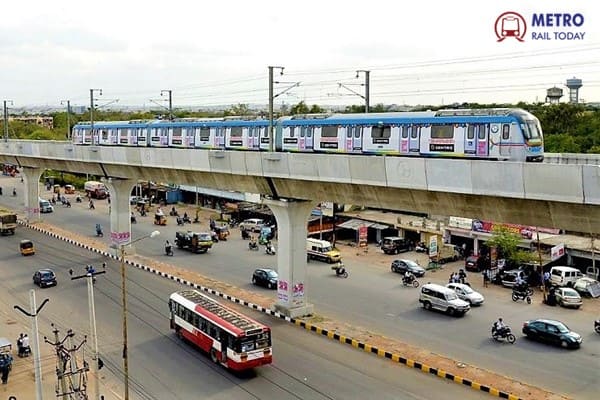 Telangana Govt takes over Hyderabad Metro Phase 1 as L&T exits project
Telangana Govt takes over Hyderabad Metro Phase 1 as L&T exits project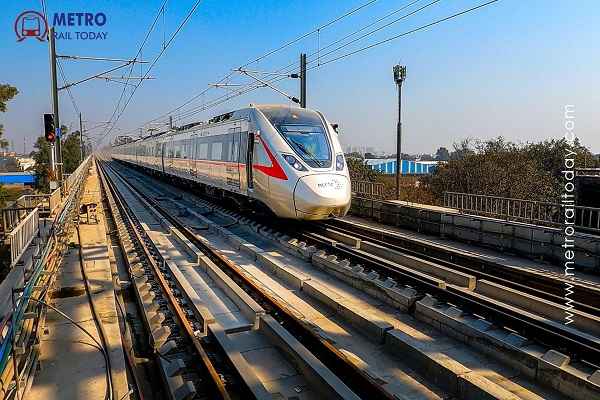 NCRTC Introduces Drone-Based OHE Monitoring on Delhi-Meerut Namo Bharat RRTS Corridor
NCRTC Introduces Drone-Based OHE Monitoring on Delhi-Meerut Namo Bharat RRTS Corridor Iraq approves contract for 90 km Najaf–Karbala Metro Rail Project
Iraq approves contract for 90 km Najaf–Karbala Metro Rail Project Subhransu Sekhar Mishra takes charge as new General Manager of Kolkata Metro Railway
Subhransu Sekhar Mishra takes charge as new General Manager of Kolkata Metro Railway Hitachi Rail GTS India Wins ₹76 Crore AFC Contract for Bangalore Metro Phase 2A & 2B
Hitachi Rail GTS India Wins ₹76 Crore AFC Contract for Bangalore Metro Phase 2A & 2B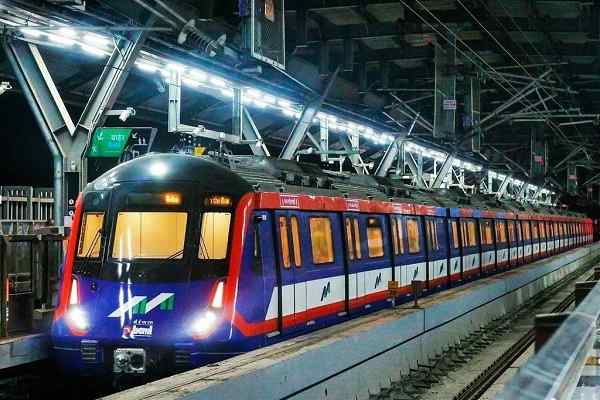 L&T Technology Services Bags ₹70 Crore AFC Contract for Mumbai Metro Line 7A & 9
L&T Technology Services Bags ₹70 Crore AFC Contract for Mumbai Metro Line 7A & 9 Larsen & Toubro Bags ₹4,788 Crore System Contract for Mumbai Metro Line 4 & 4A
Larsen & Toubro Bags ₹4,788 Crore System Contract for Mumbai Metro Line 4 & 4A
How metro rail systems helping the world to reduce corban footprint?
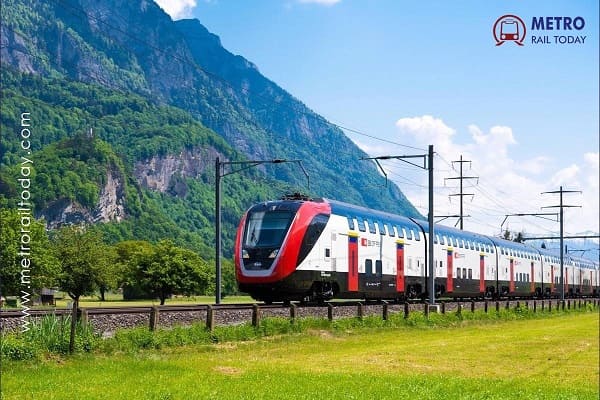
Metro rail systems provide a sustainable and environmentally friendly mode of transportation. They contribute to reduced carbon emissions, improved air quality, noise reduction, efficient land use, and reduced traffic congestion. By promoting public transportation and offering a viable alternative to private cars, metros play a crucial role in creating greener, healthier, and more sustainable cities.
Metro rail systems have a positive impact on the environment in several ways:-
1. Reduced Carbon Emissions: Metro rail systems are powered by electricity, which can be generated from renewable sources such as solar, wind, or hydroelectric power. Compared to fossil fuel-powered vehicles, metros produce significantly lower carbon emissions per passenger-kilometer traveled. By encouraging a shift from private cars to public transportation, metros help reduce greenhouse gas emissions and mitigate climate change.
2. Air Quality Improvement: One of the major environmental benefits of metro rail systems is the improvement in air quality. By reducing the number of cars on the road, metros contribute to lower levels of vehicle emissions, including harmful pollutants like nitrogen oxides (NOx) and particulate matter (PM). This reduction in air pollution leads to improved public health outcomes and a cleaner environment.
3. Noise Pollution Reduction: Metro trains operate on dedicated tracks, often underground or elevated, which helps minimize noise pollution compared to road traffic. By reducing the noise generated by vehicles and traffic congestion, metro rail systems contribute to a quieter and more peaceful urban environment, enhancing the quality of life for residents.
4. Land Use Efficiency: Metro rail systems promote compact and transit-oriented development, where residential, commercial, and recreational areas are concentrated around stations. This reduces the need for sprawling suburbs and encourages higher population densities within a smaller geographic area. Concentrated development patterns along metro lines help preserve open spaces, protect natural habitats, and limit urban sprawl.
5. Reduced Traffic Congestion: Metro rail systems provide a high-capacity mode of transportation, allowing large numbers of people to travel simultaneously. By providing an alternative to private vehicles, metros help reduce traffic congestion on roads, especially during peak hours. This leads to smoother traffic flow, shorter travel times, and lower fuel consumption, resulting in less congestion-related carbon emissions.
6. Encouraging Active Transportation: Metro stations often include pedestrian and cycling infrastructure, making it easier for commuters to incorporate walking or cycling into their daily trips. This promotes active transportation, which has numerous environmental benefits, including reduced carbon emissions, improved air quality, and better public health outcomes.
7. Environmental Sustainability Initiatives: Many metro rail systems around the world actively pursue environmental sustainability initiatives. This can include adopting energy-efficient technologies, implementing renewable energy generation, implementing waste management strategies, and adopting green building practices in station design and construction. These initiatives further reduce the environmental impact of metro systems and contribute to overall sustainability goals.
Metro rail systems play a significant role in reducing carbon footprints and promoting sustainability in several ways:
1. Mass Transportation: Metro rail systems provide efficient and high-capacity mass transportation options for urban areas. By offering an alternative to private vehicles, metros help reduce the number of cars on the road, which in turn decreases traffic congestion and carbon emissions. A single metro train can carry hundreds or even thousands of passengers, reducing the overall carbon footprint associated with individual car trips.
2. Electric-Powered Trains: Most metro rail systems use electric-powered trains that run on overhead electric lines or third rails. Compared to fossil fuel-powered vehicles, electric trains produce lower greenhouse gas emissions. The electricity used to power these trains can be sourced from renewable energy, further reducing the carbon footprint associated with their operation.
3. Energy Efficiency: Metro rail systems are designed for energy efficiency. They utilize regenerative braking systems, where the kinetic energy generated during braking is captured and converted into electrical energy that can be used by other trains or fed back into the power grid. This regenerative braking technology reduces energy consumption and contributes to overall energy efficiency.
4. Reduced Congestion and Air Pollution: Metro systems help alleviate traffic congestion in urban areas, leading to reduced idling and traffic-related emissions. By providing a reliable and efficient mode of transportation, metros encourage people to leave their cars at home, resulting in improved air quality and reduced pollution levels. This, in turn, has positive impacts on public health and the environment.
5. Compact Urban Development: Metro rail systems often lead to compact and transit-oriented urban development. When cities develop around metro stations, it promotes mixed-use developments, reduces urban sprawl, and encourages walking, cycling, and public transportation usage. This compact development pattern helps reduce travel distances, energy consumption, and carbon emissions associated with daily commutes.
6. Integration with Other Modes of Transportation: Metro systems are often integrated with other sustainable modes of transportation such as cycling and walking infrastructure. This encourages people to use a combination of sustainable transportation options for their daily commutes, reducing reliance on private cars and lowering carbon emissions.
7. Promoting Behavioral Shifts: Metro rail systems contribute to a shift in travel behavior by promoting public transportation usage. As people become more accustomed to using metros, they may adopt a more sustainable mindset and choose public transportation over private vehicles for their travel needs. This behavioral shift reduces individual carbon footprints and contributes to a more sustainable transportation culture.
By providing an efficient, electric-powered, and mass transportation option, metro rail systems contribute significantly to reducing carbon footprints in urban areas. They offer a sustainable and environmentally friendly alternative to private vehicles, leading to improved air quality, reduced congestion, and more sustainable urban development patterns.




